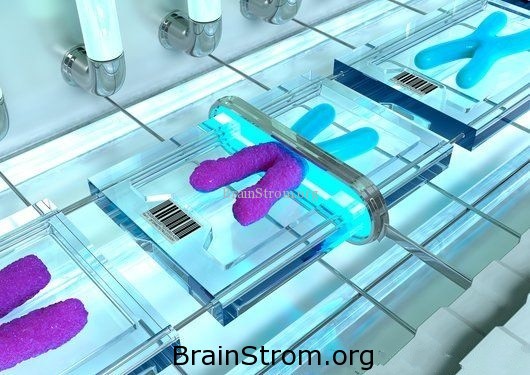Gene therapy is therefore targeted to “genetic metabolic diseases” in which a faulty gene causes an enzyme to be either absent or ineffective in catalyzing a particular metabolic reaction effectively.
There are a number of approaches for correcting defective genes:
The most common approach is inserting a gene into a non-specific location within the genome, replacing a nonfunctional gene.
Through selective reverse mutation, the malformed gene can be repaired to attain its normal role.
Via homologous recombination, the normal gene is exchanged for the abnormal gene
Alteration of the regulation of a particular gene.

1. Retroviruses – A class of viruses that can create double-stranded DNA copies of their RNA genomes. These copies of its genome can be integrated into the chromosomes of host cells. Human immunodeficiency virus (HIV) is a retrovirus.
2. Adenoviruses – A class of viruses with double-stranded DNA genomes that cause respiratory, intestinal, and eye infections in humans. The virus that causes the common cold is an adenovirus.
3. Adeno-associated viruses – A class of small, single-stranded DNA viruses that can insert their genetic material at a specific site on chromosome 19.
4.Herpes simplex viruses – A class of double-stranded DNA viruses that infect a particular cell type, neurons. Herpes simplex virus type 1 is a common human pathogen that causes cold sores.13
5. Alphaviruses- a single stranded positive sense RNA, particularly used to develop viral vectors for the Ross-River virus, Sindbis virus, Semliki Forest virus and Venezuelan Equine Encephalitis virus.
6. Vaccina or pox viruses- a large, complex, enveloped virus belonging to the poxvirus family. It has a linear, double-stranded DNA genome of approximately 190 kb in length, which encodes for around 250 genes. Can accept as much as 25kb of foreign DNA making it especially useful in expressing a large gene in gene therapy.
Thanks for installing the Bottom of every post plugin by Corey Salzano. Contact me if you need custom WordPress plugins or website design.

